AO Edited
Ira F. Brilliant Center for Beethoven Studies
A lock of Beethoven's hair and the remains of his skull are recent additions to this Center of Beethoven studies.
Keepsakes of loved ones and the dead have long been a part of human culture. This memento collection reached an almost compulsive level in Vienna in the early 1800s, with phrenologists collecting the skulls of famous composers, and curio hunters cutting off locks of hair of anyone of note, until the recently passed was nearly bald.
The head of Haydn was exhumed and separated by a phrenologist who wished to locate Haydn’s genius, as was Mozart’s. (Mozart’s it should be noted, may not have been the composer’s skull at all, as it was exhumed from a mass grave some years after his death.) Haydn’s skull was eventually re-interred with the body after nearly 150 years - Haydn spent many of those years with someone else’s skull playing the role. Mozart’s, if it is indeed his, is in the possession, of the Mozarteum.
So it was with Beethoven. After his passing in 1827, at Beethoven’s own request, he was given an autopsy, providing the first chance to take a few mementos. After roughly sawing the skull apart one of the doctors pocketed perhaps the most historically valuable part of Beethoven, his ear bones. Later at his funeral, after his skull had been awkwardly put back together and his face re-applied, acquaintances, strangers, and curio hunting fops thought little of cutting off locks of Beethoven’s hair until the composer’s famous wild mane was sheared down to nothing.
This would not be the last chance to grab bits of Beethoven. When his body was exhumed in 1863 to study his deafness, researchers found the temporal bones gone, but still attempted to discover what they could. But before he was put back in the ground, one of the doctors couldn’t resist holding on to some more pieces of the skull, including large pieces from the back.
Perhaps what is most amazing, is not that these secular relics were taken, but that they survived the next 150 years. The Ira F. Brilliant Center for Beethoven Studies has the distinct, and perhaps dubious, honor of possessing what remains of the great composer, above ground at least.
The first item in their possession is what is known as the “Guevara Lock” (not to be confused with the lock of Che Guevara’s hair and called such because most of the money paid for it at auction came from Dr. Alfredo Guevara) it is three to six inches of 582 brown, white and grey hairs. The lock was snipped from Beethoven’s head the day of his funeral by fellow composer Ferdinand Hiller and passed down to his son, eventually finding its way to a 1994 Sotheby’s auction.
More surprisingly in the collection is the skull bits. Taken in secret, they only surfaced in 2005. Passed from one doctor, most likely Breuning who took them during the 1863 exhumation, to another, Dr. Romeo Seligmann, and the bits stayed in the Seligmann family until they were passed to the childless Albert Seligmann’s heir Tom Desmines. When Desmines began to suffer from dementia the bits were passed to another Seligmann heir’s child, Paul Kaufmann.
By this time, despite the fact that the box was labeled “Beethoven,” Kaufmann was naturally fairly skeptical as to their origins. However, officials at the Center had heard rumors of such fragments and went looking for them, finally tracking them down with Kaufmann. Able to test the fragments against the hair, they were able to say with great confidence that both had belonged to Beethoven.
The hair and skull bits revealed something else about Beethoven, long wondered about. Both had extremely high levels of lead in them suggesting that what killed Beethoven was lead poisoning. His hearing loss, however, is still a mystery. While lead poisoning can sometimes cause hearing loss, it is unclear that this was the case for Beethoven’s hearing loss.
Until the bone fragments were taken at his original autopsy, the ones containing his ear bones and lost in the 1840s, turn up, we may never be sure.
The Atlas Obscura Podcast is Back!



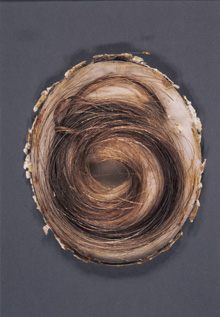
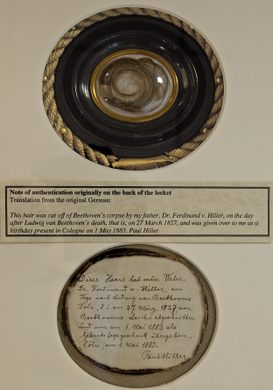
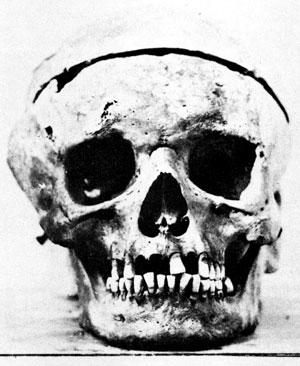
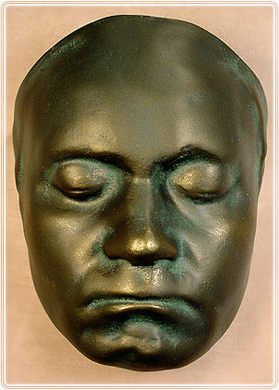
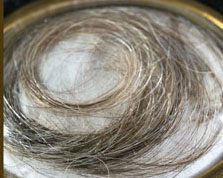
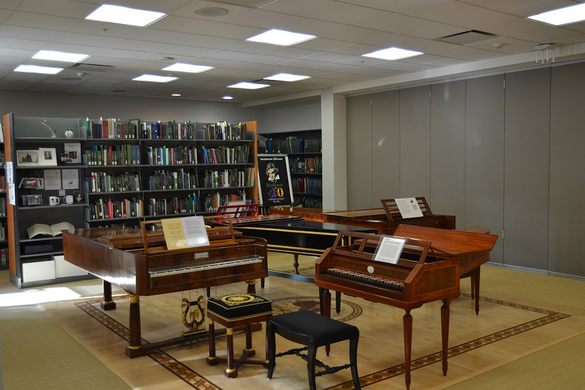
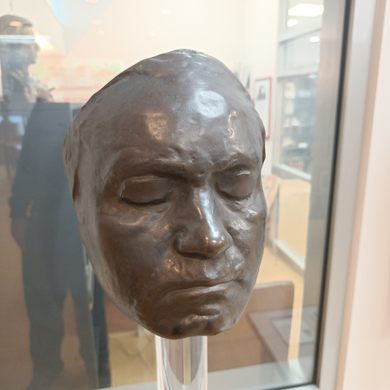










Follow us on Twitter to get the latest on the world's hidden wonders.
Like us on Facebook to get the latest on the world's hidden wonders.
Follow us on Twitter Like us on Facebook